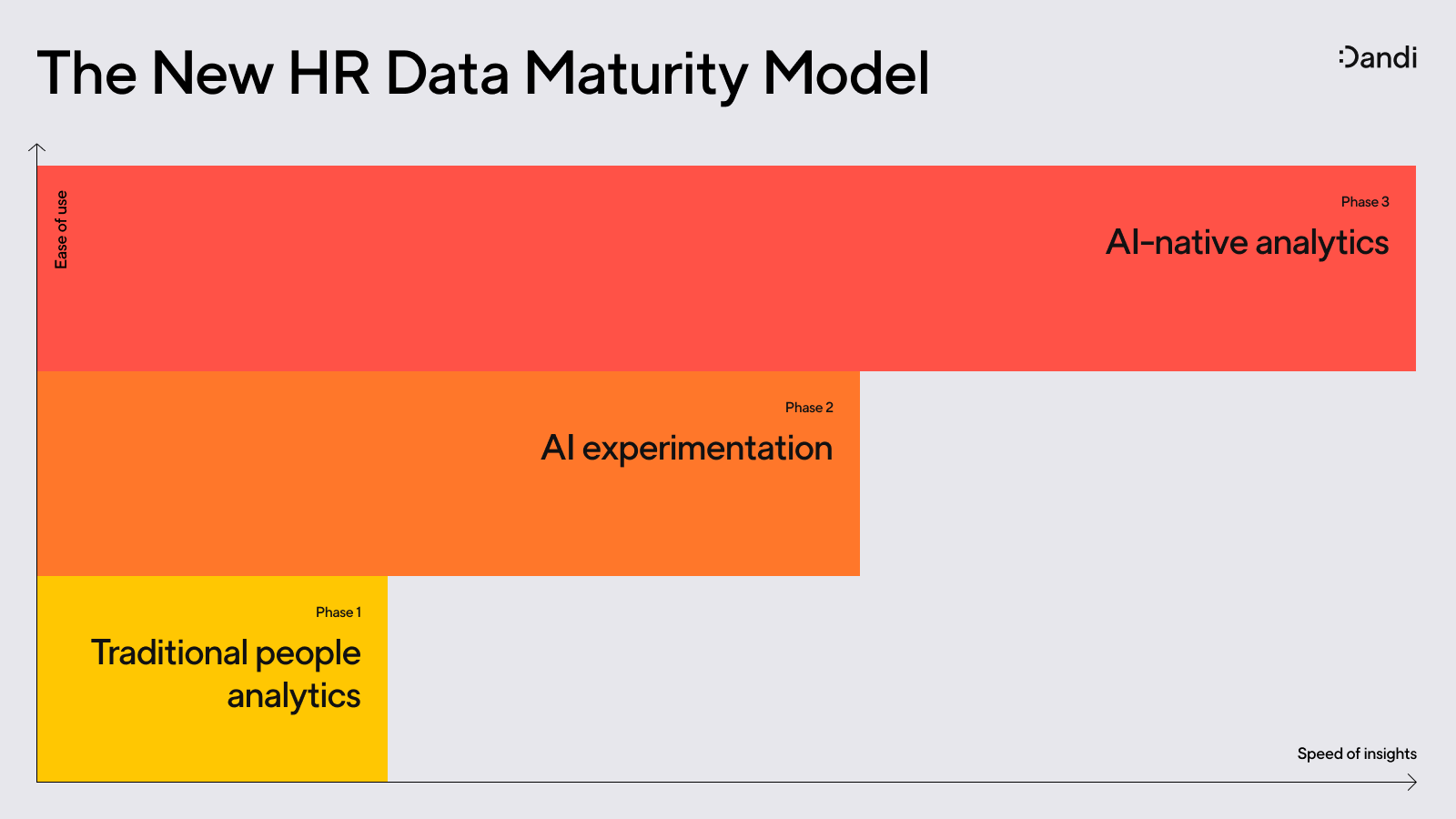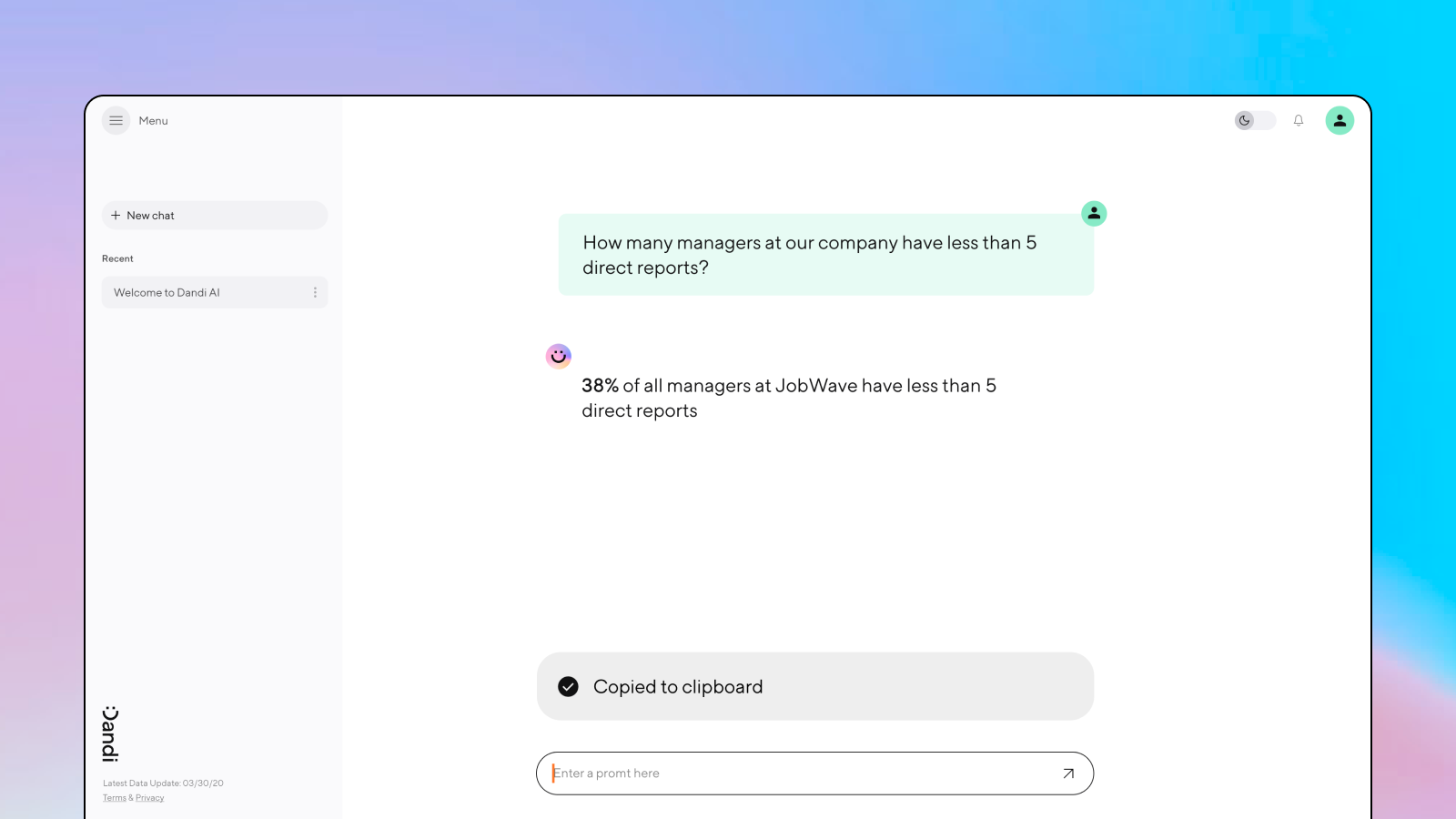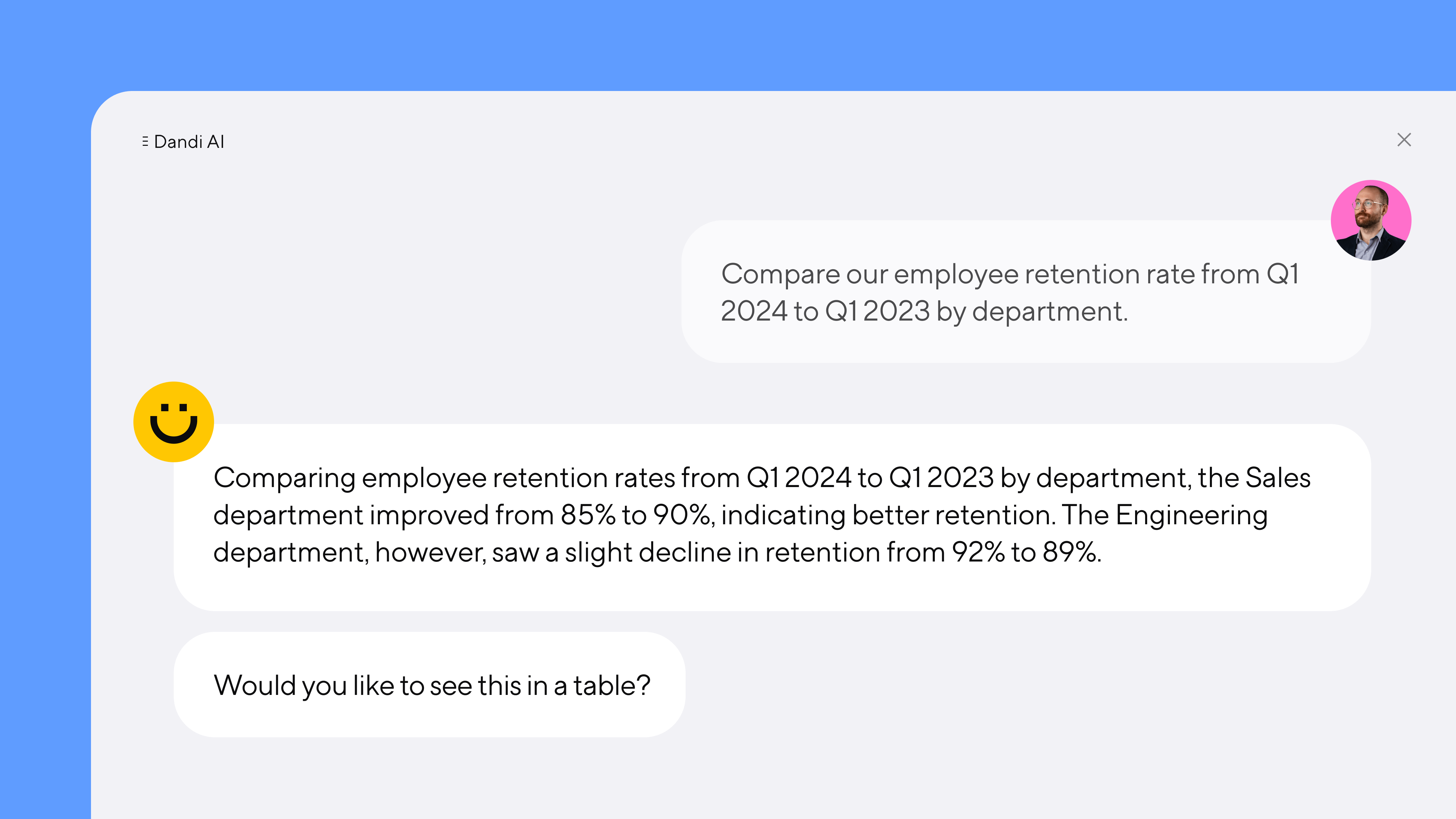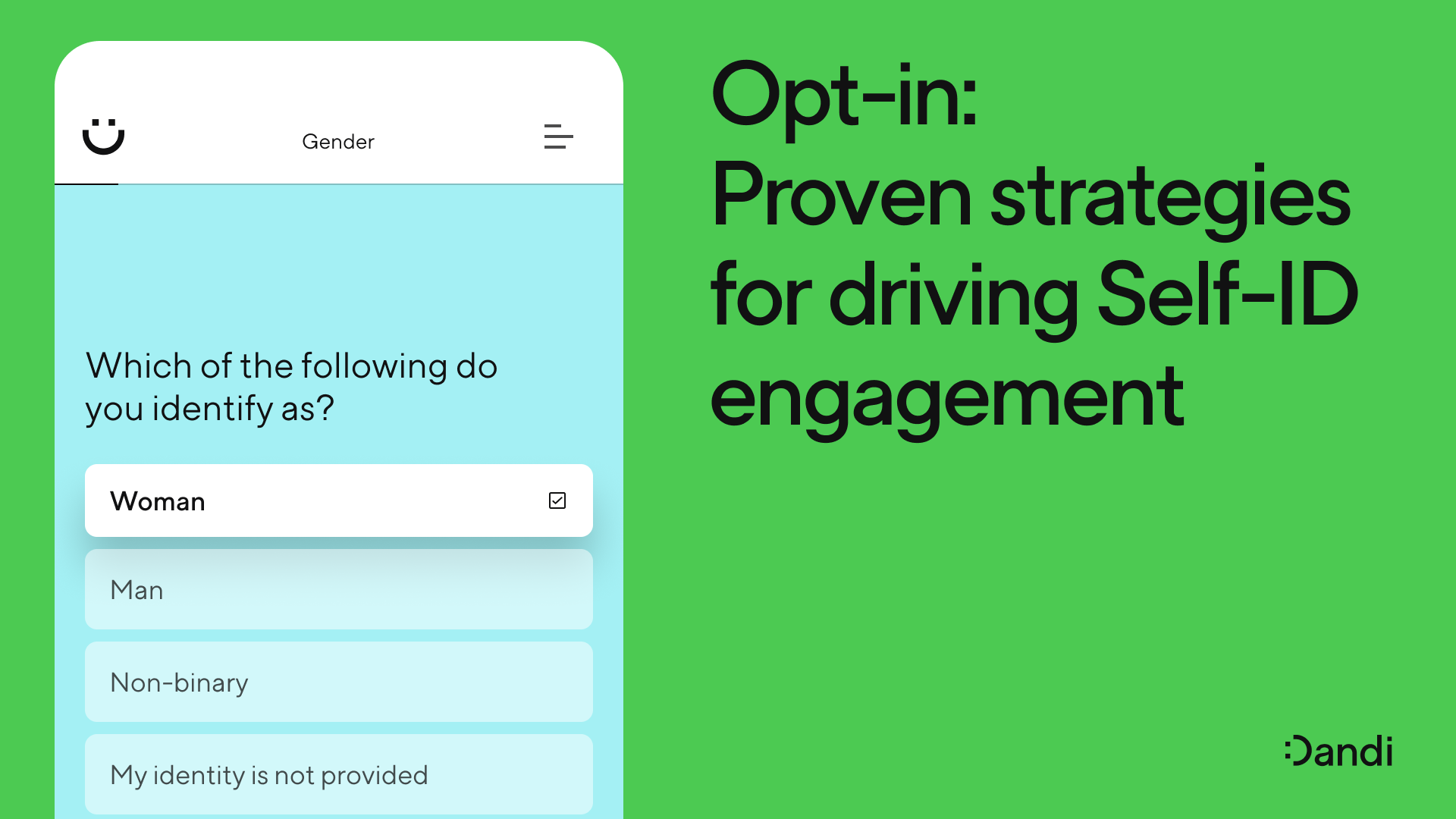Every business needs a DEI measurement strategy. Here's why.
Hallie Bregman, PhD – Dec 1st, 2022
Organizations are taking more DEI actions than ever. But most do not engage in DEI measurement. It's time for that to change.

Data drives DEI conversations forward, and is essential for demonstrating progress.
We live in a time where you can’t go a day without hearing about diversity, equity, and inclusion (DEI) especially in the workplace. This makes sense, given the visibility of inequity that has headlined the news in the last few years.
Organizations are investing serious resources towards improving the makeup of their employee base. From hiring a Chief Diversity Officer to building up their Employee Resource Group (ERG) contingent to shifting hiring practices to encourage diversity in the pipeline, actions abound. Yet, the critical eye is coming. Have all these actions moved the needle?
Most organizations do not engage in DEI measurement, which is surprising. We live in the age of data, yet DEI practices largely do not leverage the insights this data can provide.
At a prior organization, I took on a new role in People Analytics, the field of using data to study the employee. When presented with analytic focus areas, I was told “DEI analytics is not a whole job.” I was in disbelief, knowing full well that this work certainly commanded a major focus. I took it as a challenge, and proved that it was not only a whole job, but the job of an entire team. The tides turned, and DEI work took center stage.
Measurement proves progress
So why is it so important to engage in measurement? To me, the answer is simple; measurement is required to demonstrate progress. With lofty objectives and high levels of scrutiny, progress is a critical component to continued investment. It must be part of the overall DEI strategy.
Yet, DEI reports often tout the number of active ERGs and the number of partnerships with inclusive organizations; these are methods that influence an outcome, but not the outcome itself. How can we expect to influence the executive team, the board of directors, and the budget if we cannot demonstrate quantitative progress?
How can we expect to influence executive teams, boards, and budgets if we cannot demonstrate quantitative progress?
Of course, organizations may insist they are engaging in measurement when it comes to headcount. This is true. Likely all organizations doing any form of DEI work are tracking the gender and race of their employee base. This, of course, neglects other dimensions of diversity, but we’ll save that discussion for another time.
Still, headcount is not enough. As a lagging indicator, it can take years to move the needle in employee composition. Especially during a period of high turnover, the best efforts to hire historically underrepresented talent offer little gain, working to replace instead of adding folks to the organization.
Not only is measurement outside of headcount critical, but it must be conducted in a strategic and planful way. Would you run a business without a strategy? Would you launch a marketing campaign without a strategy? DEI measurement is no different
You must measure with purpose
Instead of throwing spaghetti at the wall, it is important to be thoughtful about what you want to measure and what programs are targeting that metric. For instance, if an organization is focused on ERGs, then measurement might focus on the retention of ERG members.
This is easier said than done, which is why it must be deliberate. I ran an ERG in a former organization, and we decided we were going to measure impact. Immediately, we ran into an obstacle; who was in an ERG? Was it folks on the listserv? In the Slack channel? Was it those who attended events?
We decided to focus on those who attended events, but again, we had no prior way of tracking this. iPad in hand, we asked attendees to sign in to the next event; with 40 attendees, we had 5 sign-ins. It’s not that simple!
These obstacles don’t mean you need to abandon ship; instead, it is all the more important to get serious about measurement. In our next engagement survey, we added questions for folks to self-identify if they were in an ERG, and how active they were in the ERG. While not an objective assessment, this gave us the employee perceptions of ERG participation, and enough to get started on analyses.
DEI measurement requires cross-functional commitment
Let’s fast-forward, and assume you have now decided to build a DEI measurement strategy. The next set of obstacles center around gaining buy-in. Sometimes in life, it’s better to ask for forgiveness than permission. In this case, it’s the opposite.
Especially when it comes to legal and privacy, DEI measurement requires careful alignment between Chief Privacy Officers, other security leaders, and legal teams. I’ve sung the praises of a DEI measurement strategy, but not everyone is as comfortable with it.
Not everyone will be comfortable with measuring DEI right away.
Justification is critical when gaining buy-in, as these analyses often open an organization up to risk. Setting boundaries for confidentiality and ethical considerations is incredibly helpful in these discussions. Additionally, risk can be mitigated by demonstrating the organizations’ commitment to reduce inequities via programmatic initiatives. Pulling this all together is highly effective in bringing legal and privacy teams along for the ride.
I’ve had varied experiences when it comes to gaining legal alignment.
In one position, I was granted sweeping approval to do any analyses. Alternatively, in another organization, I had lengthy discussions with the Chief Privacy Officer before they got comfortable with the idea. They were hesitant about the ethics of the work, the privacy of the employees, and the risk created. We discussed how we would maintain confidentiality, how we could build transparent communication into the process, and what we would do with analytic results.
Ultimately, I built trust with them by keeping them engaged, communicating frequently, and asking for approval whenever relevant. These tactics were highly beneficial, eventually enabling us to launch a comprehensive measurement strategy.
There are many more considerations when it comes to DEI measurement; what data sources to use, frequency of measurement, audience for communication, and more. Yet, it all starts with a commitment; a commitment to progress, a commitment to equity, a commitment to advancement, and a commitment to bridging the gap between data and people.
More from the blog
Announcing more powerful Dandi data visualizations
Team Dandi - Oct 23rd, 2024
The New Maturity Model for HR Data
Catherine Tansey - Sep 5th, 2024
Buyer’s Guide: AI for HR Data
Catherine Tansey - Jul 24th, 2024
Powerful people insights, 3X faster
Team Dandi - Jun 18th, 2024
Dandi Insights: In-Person vs. Remote
Catherine Tansey - Jun 10th, 2024
Introducing Dandi AI for HR Data
Team Dandi - May 22nd, 2024
5 essential talent and development dashboards
Catherine Tansey - May 1st, 2024
The people data compliance checklist
Catherine Tansey - Apr 17th, 2024
5 essential EX dashboards
Catherine Tansey - Apr 10th, 2024
Proven strategies for boosting engagement in self-ID campaigns
Catherine Tansey - Mar 27th, 2024









